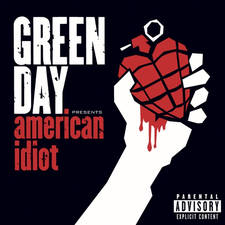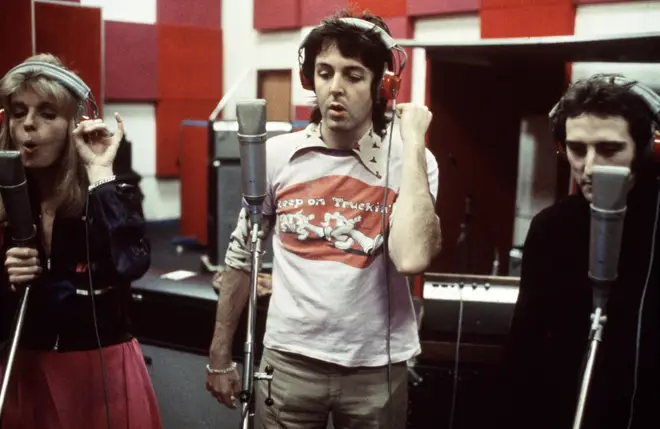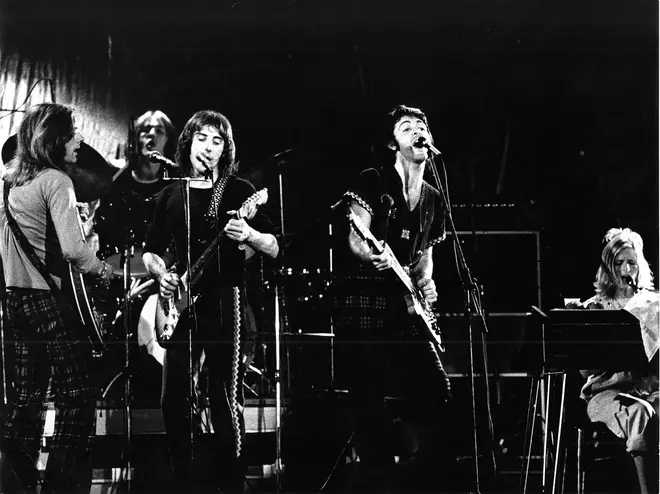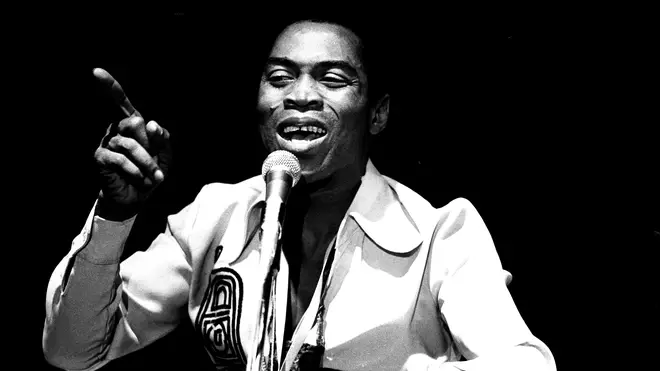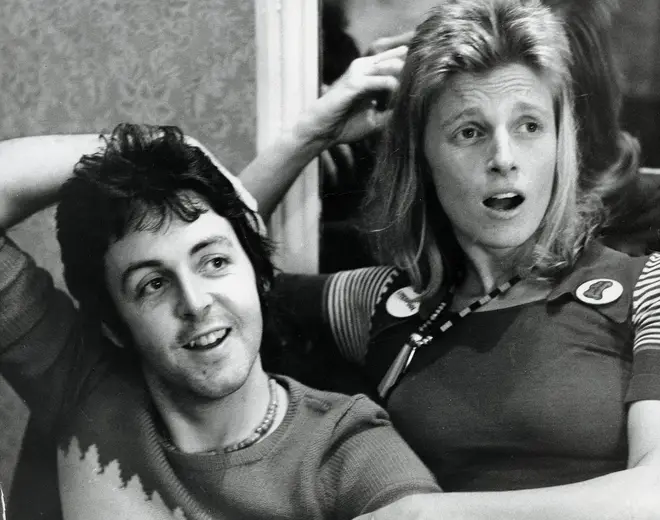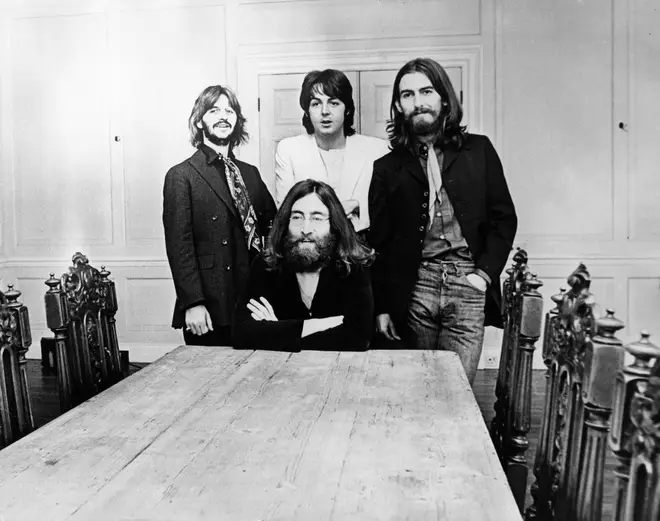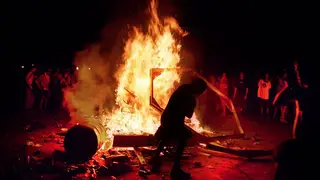10 things you didn't know about Paul McCartney's Band On The Run album
2 February 2024, 20:55 | Updated: 2 February 2024, 22:21
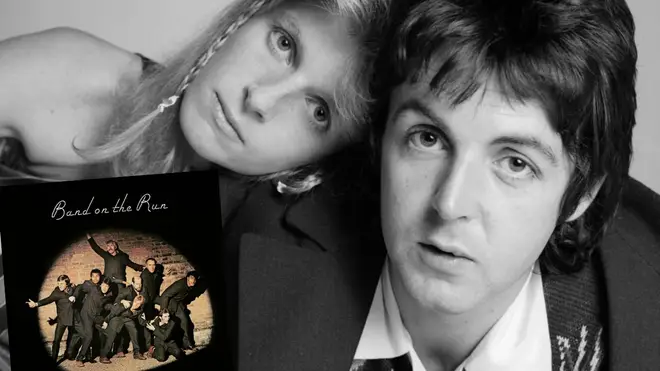
Paul McCartney's 1973 album with Wings is his solo masterpiece - but it could very easily have ended in disaster. From missing band members to knifepoint muggings, here's the story of Band On The Run.
Listen to this article
Released at the tail end of 1973, Band On The Run was the album that finally saw Paul McCartney emerge from the shadow of The Beatles.
McCartney was seen as something of a late starter in the solo Beatle stakes. Even though he was the first to issue a genuine post-Beatles solo album - McCartney in April 1970 - critics and fans found the home-made, lo-fi atmosphere of the record to be underwhelming, considering the glossy swansong Abbey Road had been issued a few months earlier.
When Paul McCartney announced that we was forming a new band named Wings and intended to head out on a tour of colleges, it was seen as the folly of a millionaire rock star. The first two Wings albums, 1971's Wild Life and the following year's Red Rose Speedway, were seen by critics as weak selections of material, with the latter only making Number 5 in the UK.
But Band On The Run changed everything for Paul. As the other Beatles were each beginning to lose their way musically, Macca was finding his. The third Wings album was recorded under adversity, but brought the band acclaim, success and set McCartney back on top of the world as one of its biggest rock stars. From that point on, Wings were a huge live band and at one point in the mid 70s, they seemed as if they were going to be even bigger than The Beatles.

The 50th anniversary of the landmark Band On The Run album has been marked with a special collection of reissues that include a vinyl LP remastered from the original tapes; a Dolby ATMOS remix created by Giles Martin; and a double set that also includes an "underdubbed" version of the album that strips away the orchestration to feature just the three members of Wings and the odd guest musician.
Paul McCartney says of this new version: “This is Band on the Run in a way you’ve never heard before. When you are making a song and putting on additional parts, like an extra guitar, that’s an overdub. Well, this version of the album is the opposite, underdubbed.”
So how did Paul McCartney, Linda McCartney and Denny Laine set on the fabulous adventure that was Band On The Run?
-
Band On The Run was recorded in a studio in Nigeria
It's well-known that Band On The Run was recorded in the city of Lagos, in the African country of Nigeria, but the reason McCartney chose this location is quite unique. Wanting a different vibe for the new record, the former Beatle - who was then still signed to the Beatles' label Apple, distributed by EMI - got hold of a list detailing EMI's studios that were dotted around the world (George Harrison had recorded his Wonderwall soundtrack at EMI's facility in Bombay, for example).
Band On The Run was finished at George Martin's AIR Studios in London. Picture: Michael Putland/Getty Images Settling on Lagos, McCartney and his team were unaware that the studio itself was actually quite primitive and the country had recently come under military rule. When the McCartneys returned home after an eventful month in Nigeria, they discovered a letter on the doormat from EMI (posted weeks earlier), warning them to avoid Lagos because of a cholera outbreak.
-
Wings lost two members just before the sessions started
The formation of Wings allowed McCartney to return to live performance after The Beatles had all but given up touring in 1966. In the summer of 1973, his new band had just finished a UK tour that wound up at Newcastle City Hall on 10th July. The band - then including guitarist Henry McCullough and Denny Seiwell on drums headed to Macca's farm in Scotland to go over some new material.
Wings performing in Arles, France in July 1972: Henry McCullough, Denny Seiwell, Denny Laine, Paul McCartney, Linda McCartney. Picture: Gijsbert Hanekroot/Redferns/Getty Frustrated by a lack of input and the Beatle's perfectionism, McCullough quit Wings. This, in turn, gave Denny Seiwell pause for thought and, not wanting to give up the band's existing dynamism in the studio for a life of overdubs and re-takes, he also handed in his notice, just before Wings left for Nigeria. Denny Laine remained loyal, however, and travelled with the McCartneys and engineer Geoff Emerick (who'd worked with The Beatles) to Lagos.
-
Fela Kuti accused them of stealing his Afrobeats
Fela Kuti was Nigeria's biggest musical star, pioneering the genre of Afrobeat. The Wings party witnessed the musician perform at his club in Lagos: "We saw him one night," McCartney later told Musician magazine. "And I was crying." But Kuti didn't welcome the ex-Beatle with open arms and openly accused McCartney of coming to Lagos to steal his music.
Fela Kuti: not a fan of Paul McCartney and Wings. Picture: Michael Putland/Getty Images Geoffe Emerick recalled: "During the break, some of the musicians came over... 'What are you doing in our country? You've come here to steal our music and our rhthyms. Why don't you just go back home?'" Kuti later visited EMI's studio to confront the superstar, and McCartney had to play back some of the Band On The Run material to prove that it wasn't an Afrobeat extravaganza. Thankfully, this cooled the situation.
-
Paul McCartney was almost killed during the making of the album
One evening at the start of the sessions in August 1973, Paul and Linda were out walking in Lagos, when they were confronted by some local men, who pulled a knife on them and demanded they hand over their valuables. The level-headed Linda cried out "Don't kill him - he's Beatle Paul!" Thankfully, the pair escaped injury, but Paul's bag of demo tapes and song notes was taken in the robbery.
According to Geoff Emericl in his memoir Here There & Everywhere, the local studio manager gave the couple some harsh truths: "You're lucky you're a white man." he told Paul. "If you were black, you would have been killed. Everyone here believes that white people can't tell us apart. If they thought you could have identified them to the police, they would have finished you off."
-
Paul McCartney and Linda McCartney, 1973. Picture: Alamy McCartney also had some health issues in Lagos
According to Geoff Emerick, during one session, Paul was at the microphone when something very worrying occured. "Within seconds, he turned as white as a sheet, explaining to us in a croaking voice that he couldn't catch his breath. We decided to take him outside for some fresh air, which probably wasn't the smartest thing to do, because once he was exposed to the blazing heat he felt even worse and began keeling over, finally fainting dead away at our feet." Luckily, Paul recovered and a doctor was brought in, who claimed that the musician had suffered a "bronchial spasm brought on by too much smoking".
-
McCartney fan Dustin Hoffman in Papillon (1973). Picture: Alamy Paul wrote Picasso's Last Words as a challenge from Dustin Hoffman
While on holiday in Montego Bay in Jamaica, McCartney visited the set of the prison movie Papillion and had dinner with one of its stars, Dustin Hoffman. Hoffman was incredulous that the former Beatle could find inspiration for a song in any subject and pulled out a magazine that he had with him.
There was a story in the magazine about the death of painter Pablo Picasso in April of 1973, which claimed the artist's last words were: "Drink to me, drink to my health. You know I can't drink anymore." Paul immediately took up a guitar and started composing a song. An amazed Hoffman shouted to his wife: "Look, he's doing it! He's doing it!"
-

Picasso’s Last Words (Drink to Me) (Underdubbed Mix)
A superstar drummer plays on Picasso's Last Words... playing a tin full of gravel
Ginger Baker, the former drummer with supergroup Cream, also had a studio in Lagos and tried to get Wings to set up shop there. Paul wasn't keen, but agreed to record one song in Baker's facility. This turned out to be the aforementioned Picasso's Last Words (Drink To Me), but rather than get Baker to play drums, the musician played percussion - which was actually a tin can filled with gravel.
-

Jet (Underdubbed Mix)
Jet is named after a horse. Or a dog. Nobody's quite sure.
McCartney has told different stories about the subject of the album's most famous hit, Jet. He's said that it's about a labrador dog that the family owned: "She was a bit of a wild dog, a wild girl who wouldn't stay in." After one trip out, the dog came back pregnant and delivered seven little black puppies, one of whom was named Jet. Or... Jet was the name of an all-black pony that McCartney owned. As the man says, "I make up so much stuff."
-
"If we ever get out of here": The Beatles in their final phase in the summer of 1969. Picture: JRC /The Hollywood Archive The title Band On The Run is a reference to The Beatles and their split
The Beatles launched their company Apple in earnest in the summer of 1968, but big business wasn't the Fab Four's speciality. With bad investments and poor management, the subsequent disagreements and legal action spelled the end of The Beatles as a band, but the four members were still locked together... at least for the time being.

Band On The Run (Underdubbed Mix)
The line "If we ever get out of here" was apparently a comment made by George Harrison during one of Apple's interminable business meetings - but by 1973, it seemed like there was light at the end of the tunnel. At the start of that year, the other three Beatles - Lennon, Harrison and Starr - had announced that they would not be retaining the services of their business manager Allen Klein, the man who was McCartney's nemesis and had caused the schism within the group. The Beatles' business partnership would be wound up for good in 1975, but Apple continues to this day as a corporate entity that manages their affairs.
-
The front cover features a number of celebrities
The photo that appears on the cover of Band On The Run was taken in the grounds of Ostereley Park in West London by photographer Clive Arrowsmith on a cold night in October 1973. Joining the three members of Wings - Paul, Linda and Denny Laine - in breaking out of jail are six celebrities They are, from left to right:
The cover of Band On The Run by Paul McCartney & Wings. Picture: Press - Michael Parkinson: British journalist and TV presenter who started his BBC-1 chat show in 1971. Paul agreed to appear on Parky's show after the photo shoot, but didn't actually turn up for an interview until 1999.
- Kenny Lynch: British actor, comedian and singer and officially the first person to ever cover The Beatles (Misery, in March 1963)
- James Coburn: American actor, who had appeared in The Magnificent Seven, Our Man Flint and Pat Garrett & Billy The Kid
- Clement Freud: radio personality, celebrity chef and politician, then best known for a series of dog food adverts and better known now for being investigated by Operation Yewtree following his death in 2009.
- Christopher Lee: British actor, then best known for appearing as Dracula in the hit series of films from Hammer Studios. In 1973, Lee had appeared in The Satanic Rites Of Dracula and The Wicker Man and was set to star as a Bond villain in 1974's The Man With The Golden Gun.
- John Conteh: Liverpool-born boxing champ, who held the WBC light-heavyweight title from 1974 to 1977.
The Band On The Run 50th anniversary edition is out now. For more information, see paulmccartney.com.

